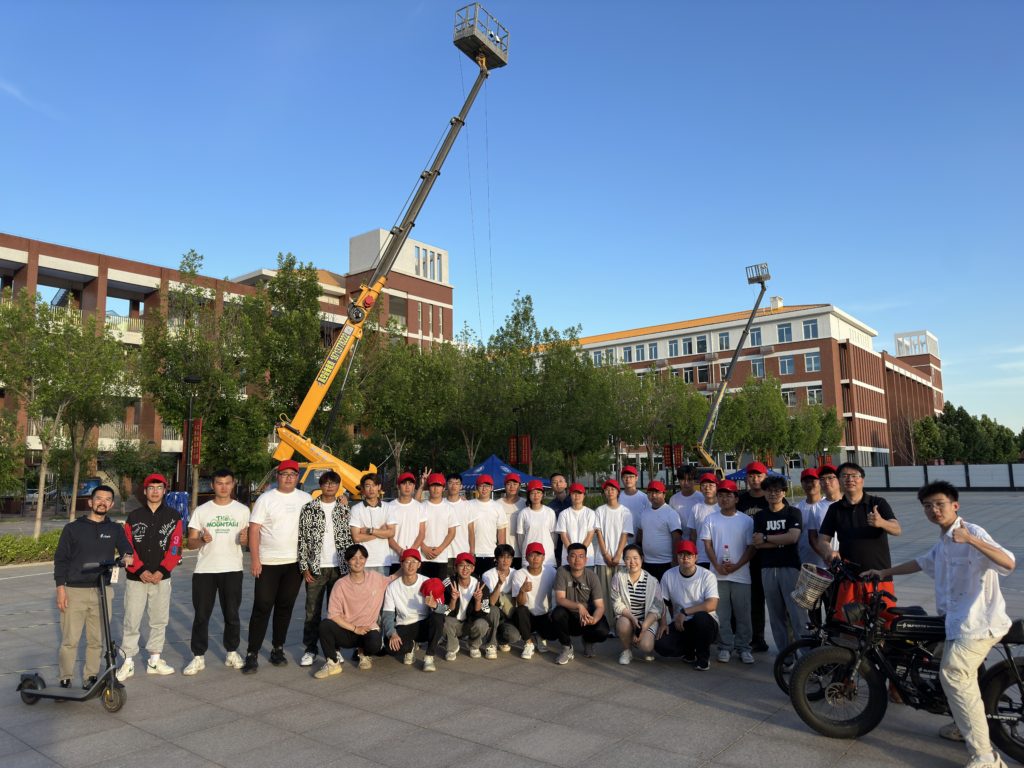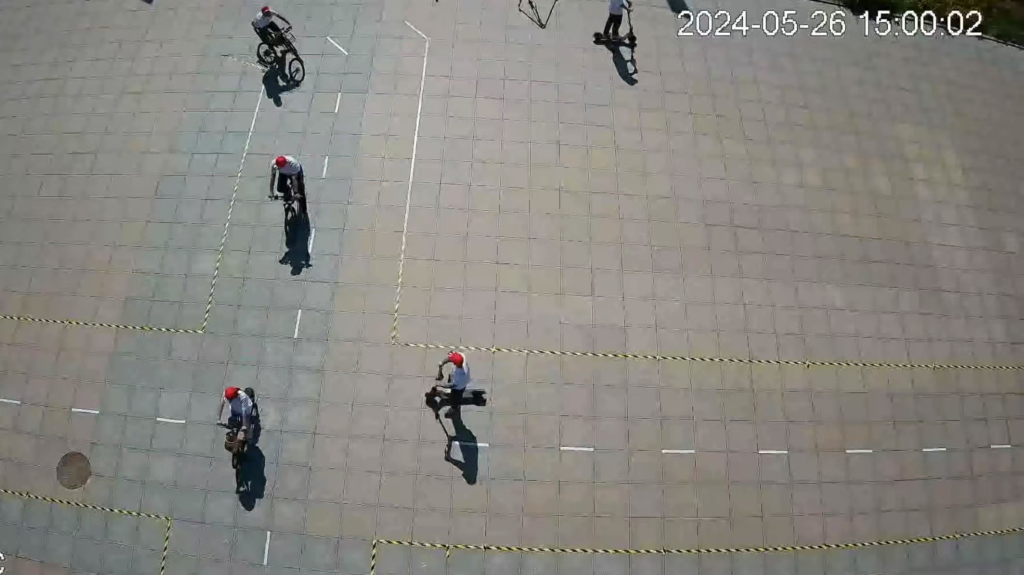News
"Navigating the Micro-Mobility Maze: A Controlled Study of Urban Riders' Interactions"
Travel patterns and lifestyles in cities around the world have changed in recent years due to the strong growth of travel modes commonly referred to as micro-mobility. Micro-mobility vehicles include all easy-to-carry or easy-to-push vehicles allowing for the augmentation of pedestrians. They range from the lightest rollers and skis to the heaviest two-wheeled self-balancing personal transporters. They can be motorized or non-motorized, shared or privately owned. Among them are electric scooters, electric bicycles, and electric mopeds, whose number and use have increased dramatically over the past few years due to reduced purchase costs, enhanced motor efficiency, and lightweight designs, as well as a growing focus on sustainability. However, the detailed behavior and how these modes and their users interact with each other on the dedicated infrastructure (e.g., a bicycle path, a shared space) remains to be studied.
In order to obtain a clear picture of these movement and interactive dynamics, Wenyi Zhang, a Master student of TUD, and Yufei Yuan, a researcher in the field of active-mode research, have organized a controlled experiment across two days, conducted in a campus in a Chinese university. The experiment is under the umbrella of an ongoing educational collaboration between BJTU and TUD. It is a joint educational program for BSc students that has been running for years.

The study is to collect data through a controlled experiment and then analyze the data on the individual riding behavior of three selected types of micro-mobility (e-scooter, e-moped, and e-bike) users as they travel in a bike lane while interacting with bicycles, static obstacles, and pedestrians as well as within the three investigated micro-mobility modes.
In a simulated environment, around 50 participants, divided into 5 travel modes, joined the study. During the experiment, participants ride a micro-mobility vehicle that they are familiar with on a designed bicycle track along a certain route. Firstly, they ride in a non-interactive setting. Then they ride and interact with other riders, pedestrians, or static obstacles, including avoiding obstacles and overtaking low-speed vehicles, and driving through bottlenecks where the number of bike lanes is reduced, crossing at 90-degree intersections, and zebra crossings with pedestrians.

